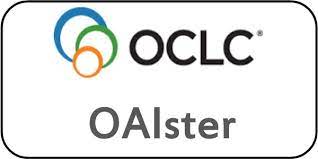Retrospective Clinical Evidence on Switching to Modern Sulfonylurea/Metformin in Patients Uncontrolled on DPP4i-based Therapies
DOI:
https://doi.org/10.59793/hjthw688Keywords:
Type 2 diabetes mellitus,, DPP4i,, retrospective studies,, sulfonylurea,, glimepiride,, metformin,, glycemic controlAbstract
Many patients with type 2 diabetes mellitus (T2DM) struggle to control their
glucose levels with dipeptidyl peptidase-4 inhibitor (DPP4i)-based therapy, highlighting the
need to explore alternative treatments. This study aims to investigate the benefits of switching
to a sulfonylurea/metformin combination in individuals with type 2 diabetes (T2D) who were
previously on DPP4i. Methods: The study is a retrospective, multicenter, observational, case-
based questionnaire survey conducted in T2DM patients who received DPP4i earlier but due
to poor glycemic control switched to the combination in any strength. Statistical analysis was
conducted using SPSS® Version 23.0 software. Continuous variables were analyzed using
mean and standard deviations; categorical variables were analyzed using Fisher's exact and
Chi-square tests. Results: The study analyzed data from 2,736 T2DM patients who were 18
years and above, having an average age of 38.46 ± 7.21 and average body mass index (BMI) of
27.79 ± 4.25 kg/m2. The mean change in the glycated hemoglobin (HbA1c) values after treatment
was found to be 1.11 ± 0.78, while the mean change in fasting plasma glucose (FPG) and
postprandial glucose (PPG) was 41.77 ± 31.11 and 67.39 ± 51.57, respectively; 94.8% of patients had
no hypoglycemic events and 96.2% did not gain weight after switching to glimepiride/metformin,
additionally the HbA1c, FPG, and PPG levels were control well. HbA1c before treatment was
9.64 ± 1.79 and after treatment was 7.52 ± 1.97. Similarly, FPG was 175.14 ± 89.89 mg/dL before
treatment, which reduced to 133.37 ± 43.59 mg/dL after treatment. PPG was found to be 251.38
± 80.30 mg/dL before treatment and 183.98 ± 54.76 mg/dL after treatment. Vildagliptin (50%) was
the most common DPP4i being prescribed, followed by sitagliptin (30.2%). The main reason of
switching to glimepiride/metformin was to improve the HbA1c levels, followed by controlling
the uncontrolled glycemic levels and further improving FPG and PPG levels. Conclusion: The
study supports the effectiveness and safety of switching to modern sulfonylureas/metformin in
T2DM patients who are inadequately controlled on DPP4i-based therapies.










